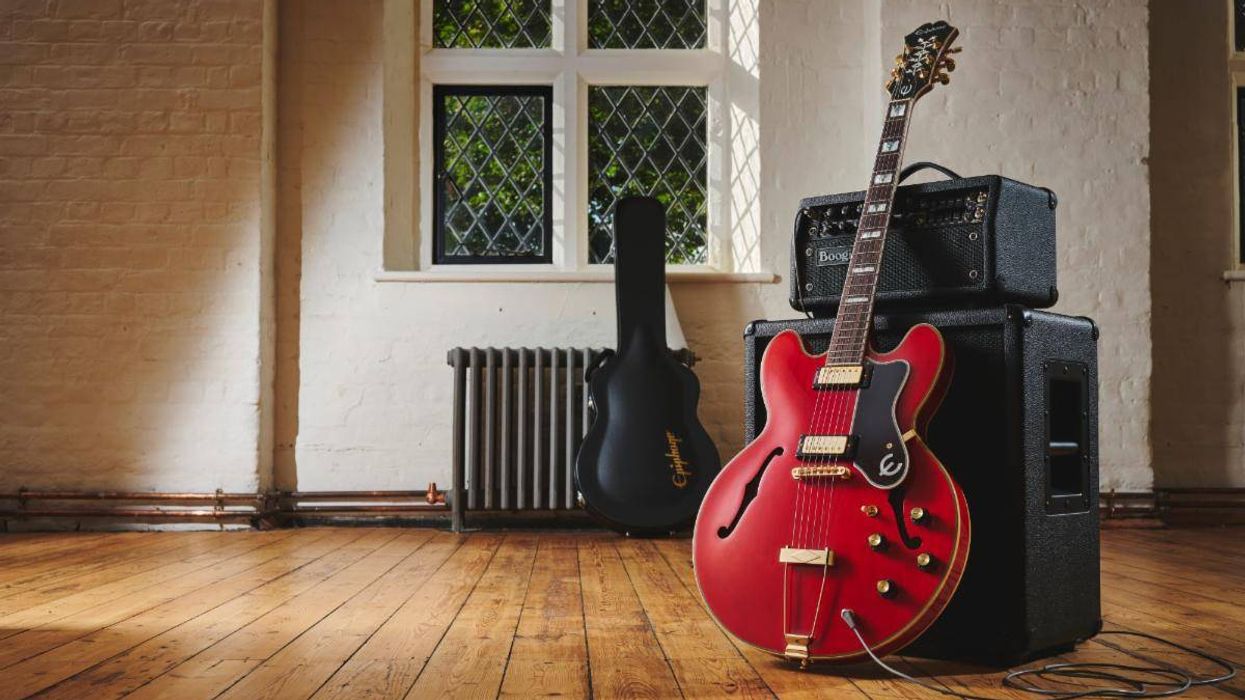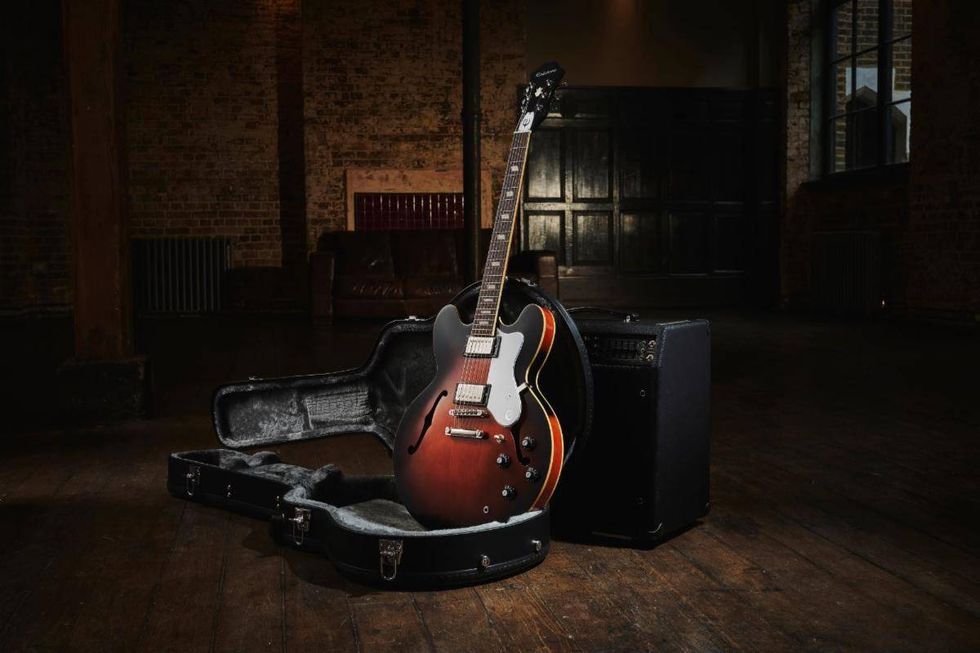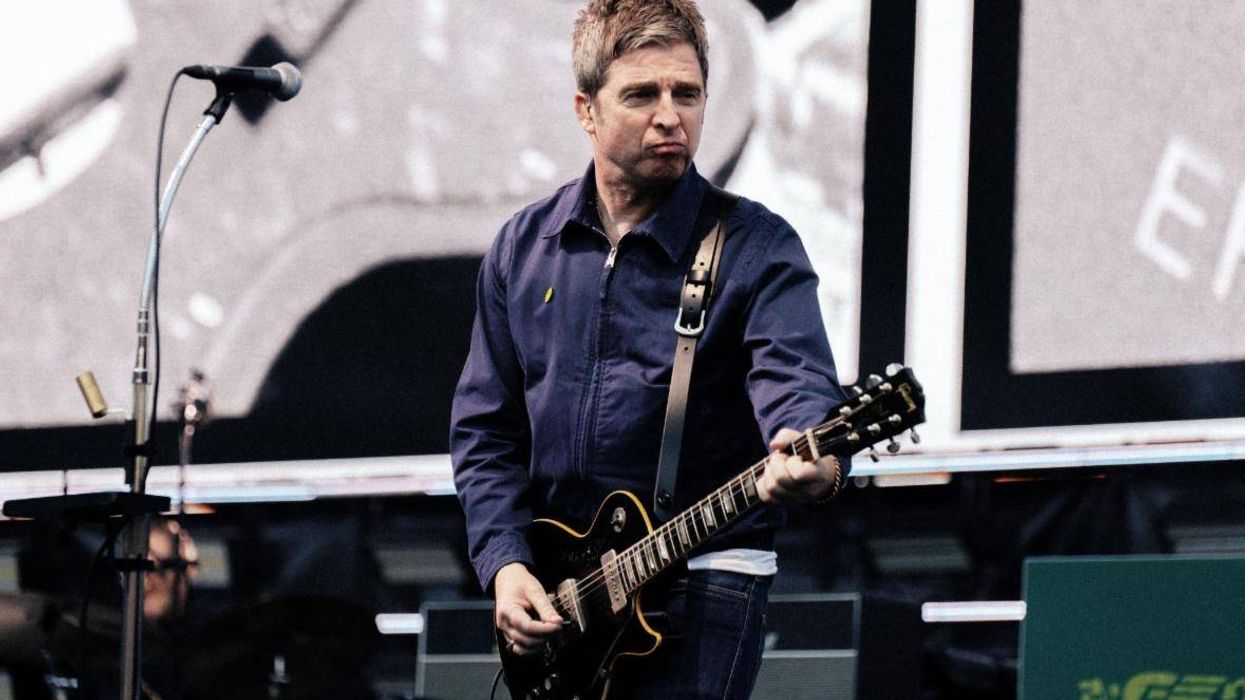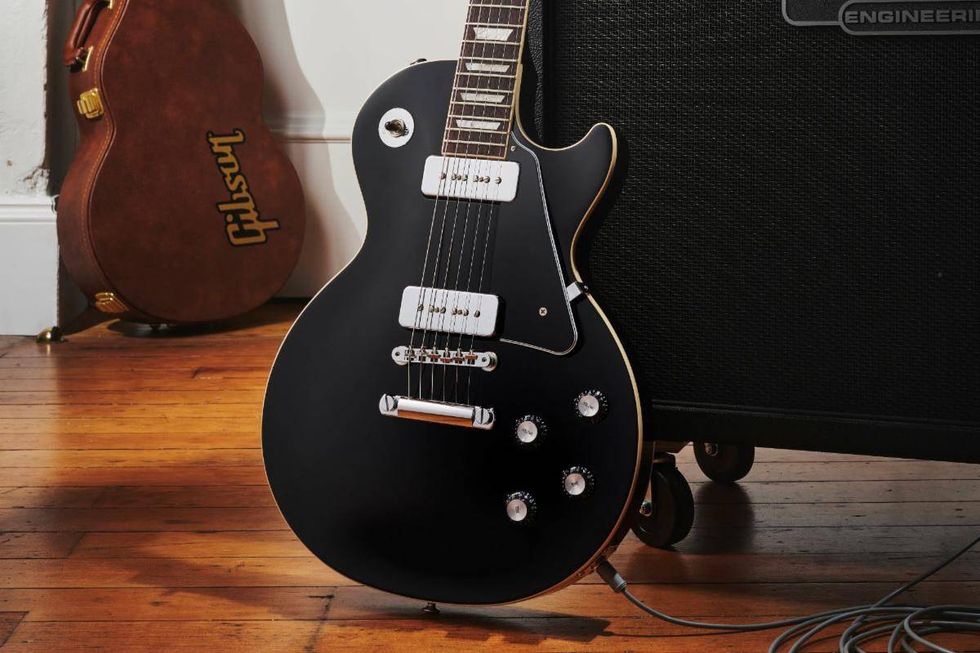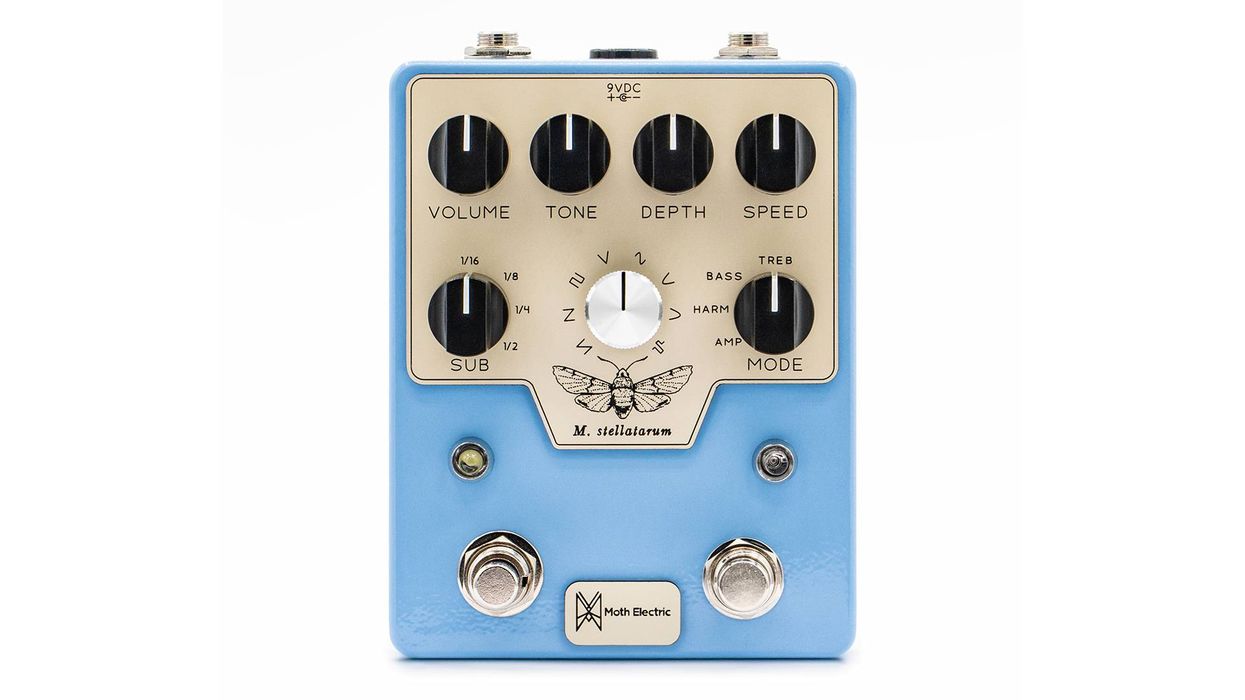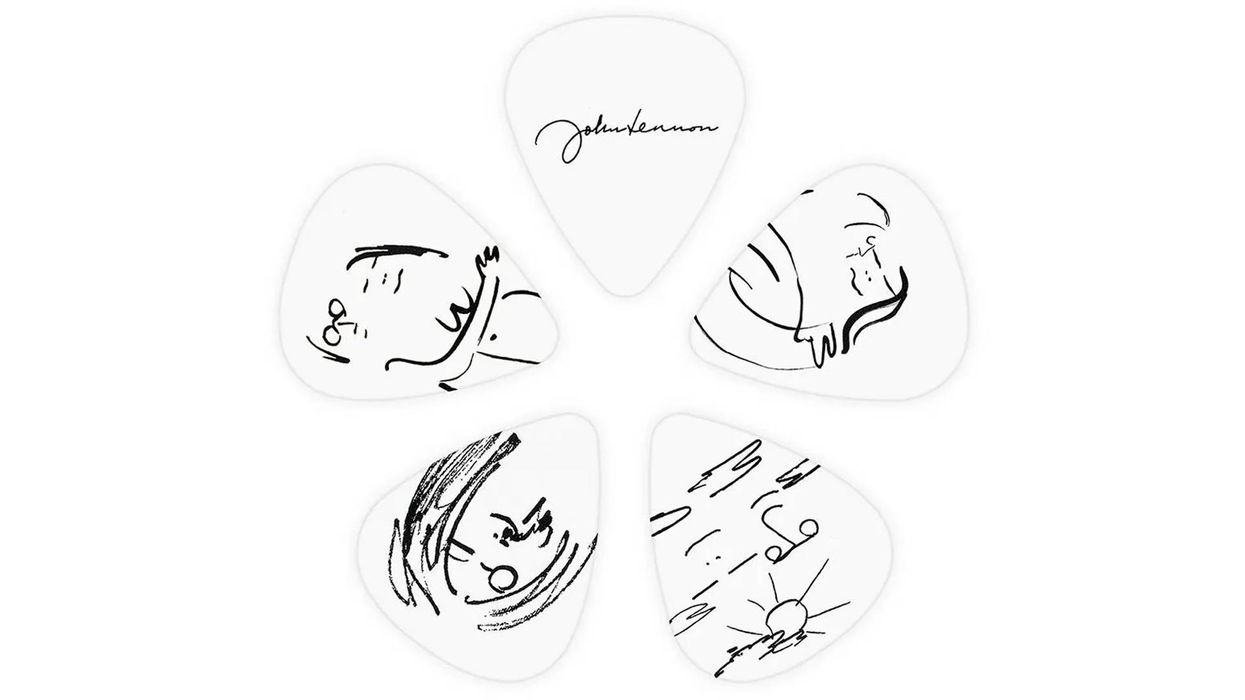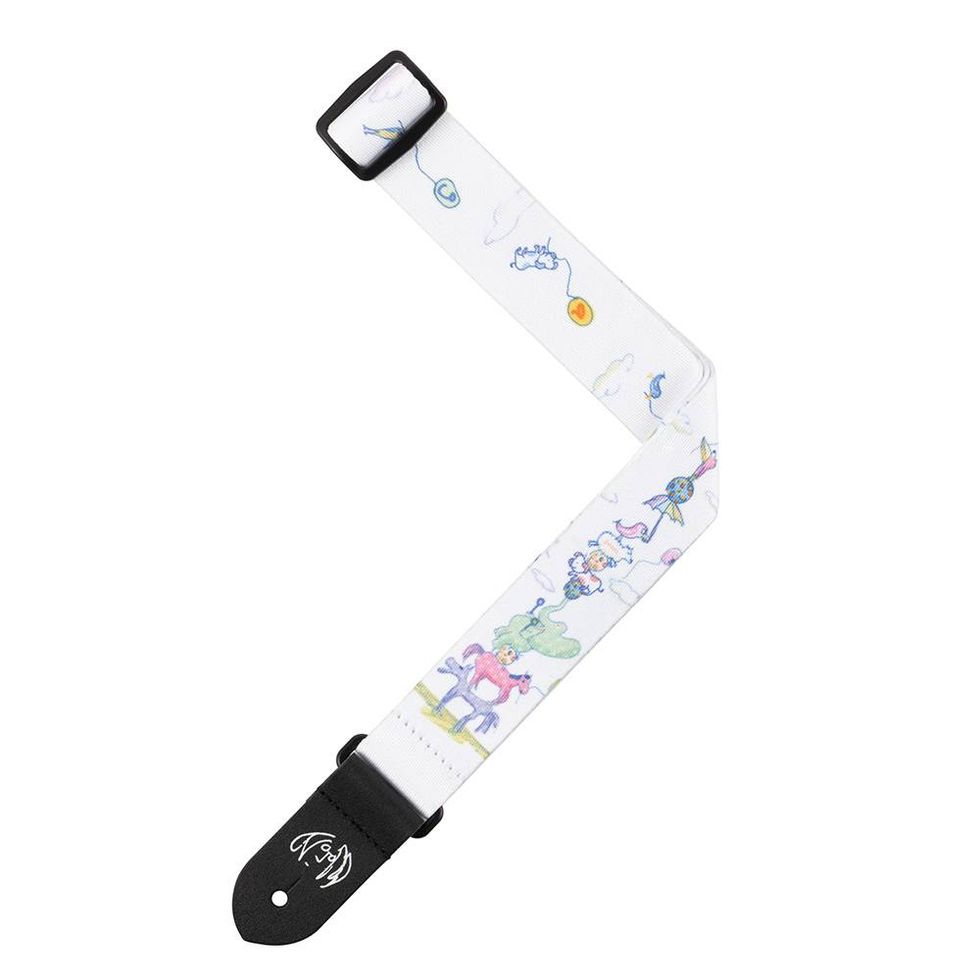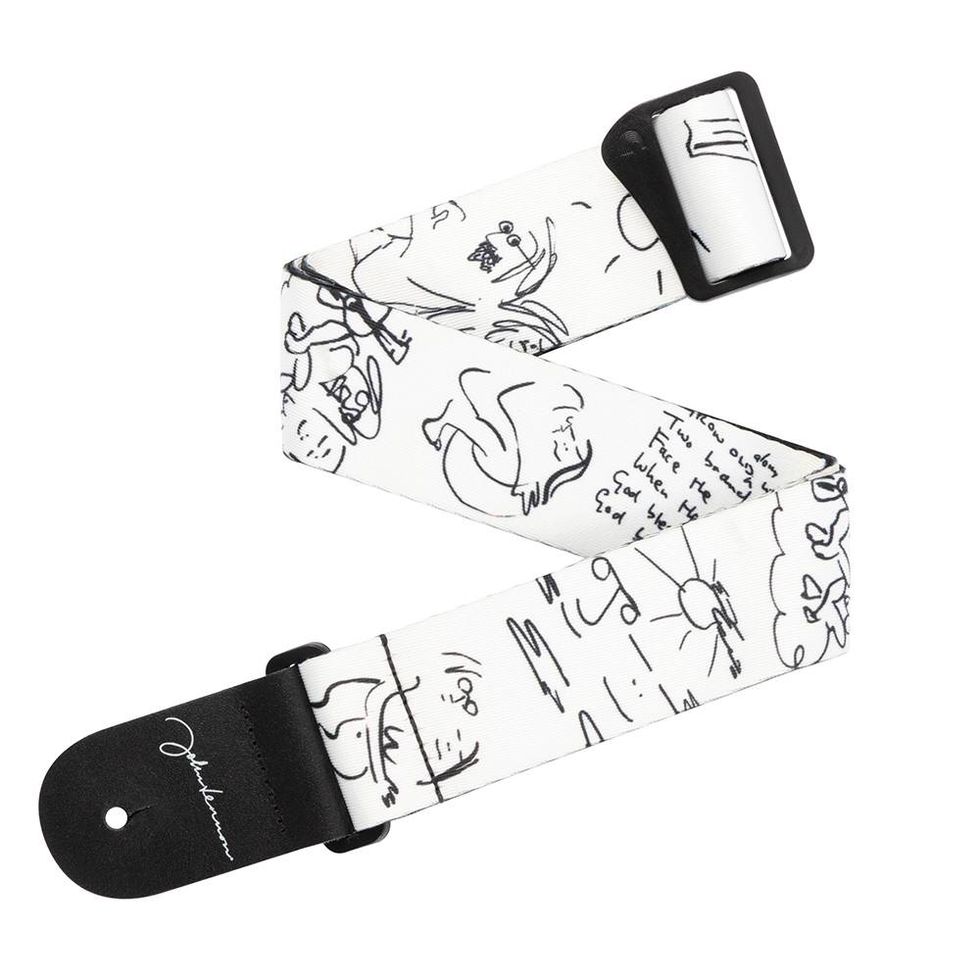Featuring FET instrument inputs, "Enhance" switch, and innovative input stage, this interface is designed to solve challenges like poor feel, setting levels, and ease of use.
When entering the world of audio interfaces, Blackstar wanted to offer a solution to musicians that answered many of the much-requested improvements they wanted when using audio interfaces. Through extensive research, we consistently pinpointed three primary challenges encountered by music creators when recording guitar directly through an interface.
- Poor feel and response
- Setting guitar input levels
- Ease of use
The POLAR 2 interface answers all of these challenges and excels beyond those hurdles to provide an incredible all-in-one solution to recording guitar.
Firstly, Polar features FET instrument inputs. The FET inputs give ultra-low noise and high headroom, which gives the recording musician the best sonic foundation for guitar tone, but we didn’t just include FET inputs, we took itone step further with the addition of the “Enhance” switch. When Enhance is switched on the instrument input, it engages a unique circuit that’s been meticulously designed to mimic the input stage of real valve amplifiers—including all its non-linear behaviors and characteristics. The “Enhance” switch restores the touch, the feel, and the response of playing through a real amp.
Secondly, Polar solves the issue with setting levels. Other interfaces often digital clipping due to the dynamic nature of guitar DI signals. With “Enhance” on, POLAR’s innovative input stage will never digitally clip. No more ruined recording takes, no more hassle or confusion around setting the ‘correct’ levels. POLAR allows the musician to drive the interface like the preamp section on a real valve amp.
Recording is made easy with Polar 2. By engaging the “Enhance” feature on the microphone inputs gently lifts the top end of your signal to add just the right amount of air and clarity that sounds great on vocals, acoustic guitars, and more. The microphone preamp has been based off one of the most renowned vintage studio preamps.
POLAR 2’s ultra-low noise and high headroom accommodates for a wide range of microphone and instrument types, empowering the musician to achieve studio-quality recordings in any environment. Included with all POLAR2 units is the POLAR Control app, which allows for fine-tuning of levels, panning, routing. The FET inputs combined with the Enhance switch make it really easy to get an amazing guitar tone. You don’t have to worry about any external hardware, no fancy DI’s—all of that is built right into POLAR.
With its innovative features, impressive headroom (24V), incredibly low noise floor (115db), powerful headphone amps, bus-powered capability, and approachable design, Blackstar’s POLAR 2 is easily the go-to audio interface for anyone that wants to play and record guitar. The POLAR 2 interface was created through the processes of Human-Centred Design, to help create a user-friendly solution to get musicians back to focusing on the most important part: the music.
MAP: $199.99
For more information, please visit blackstaramps.com.
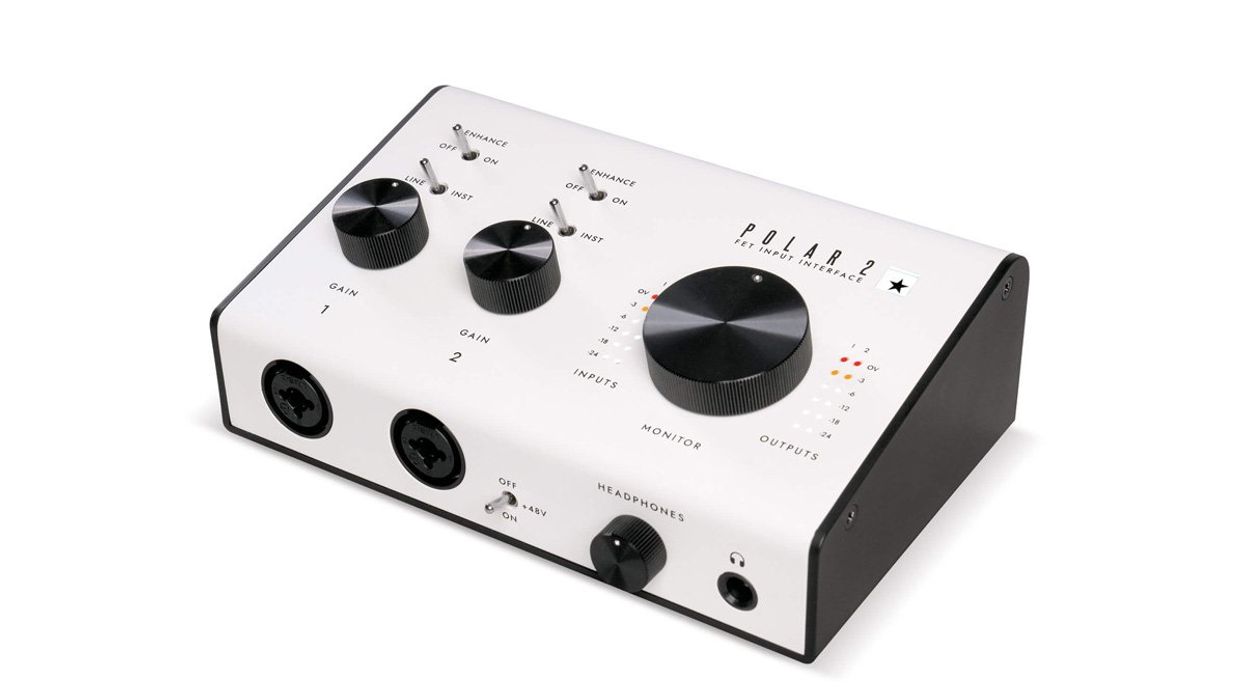


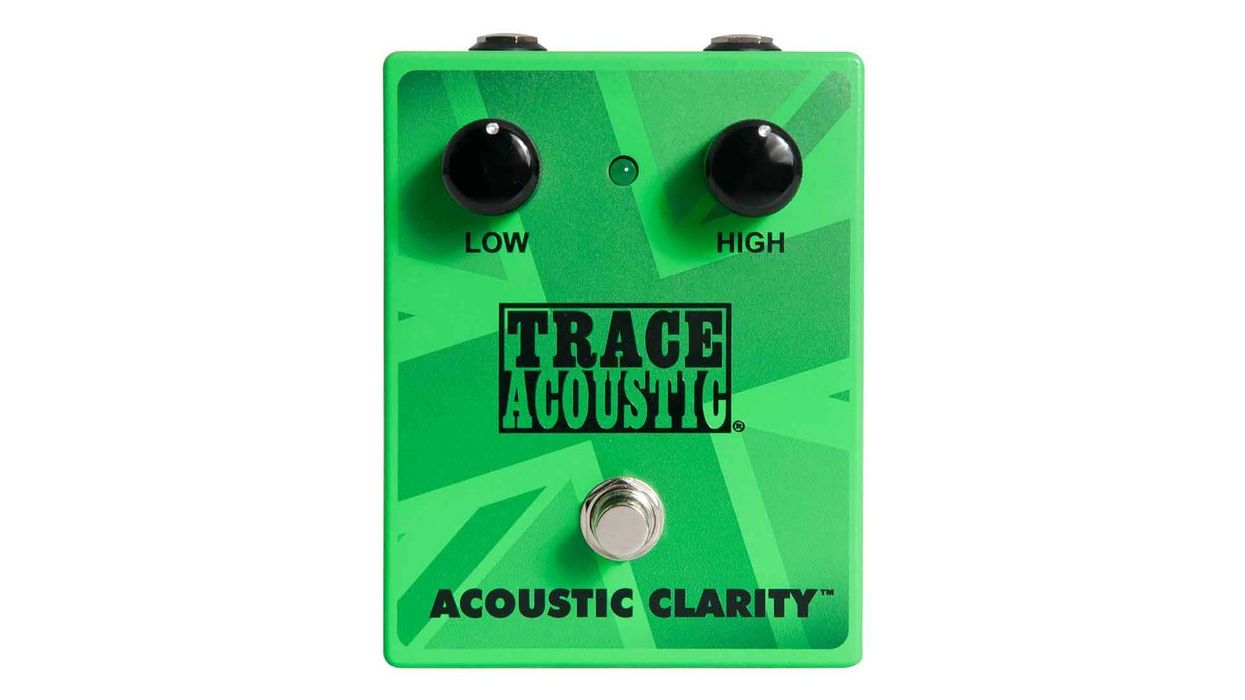
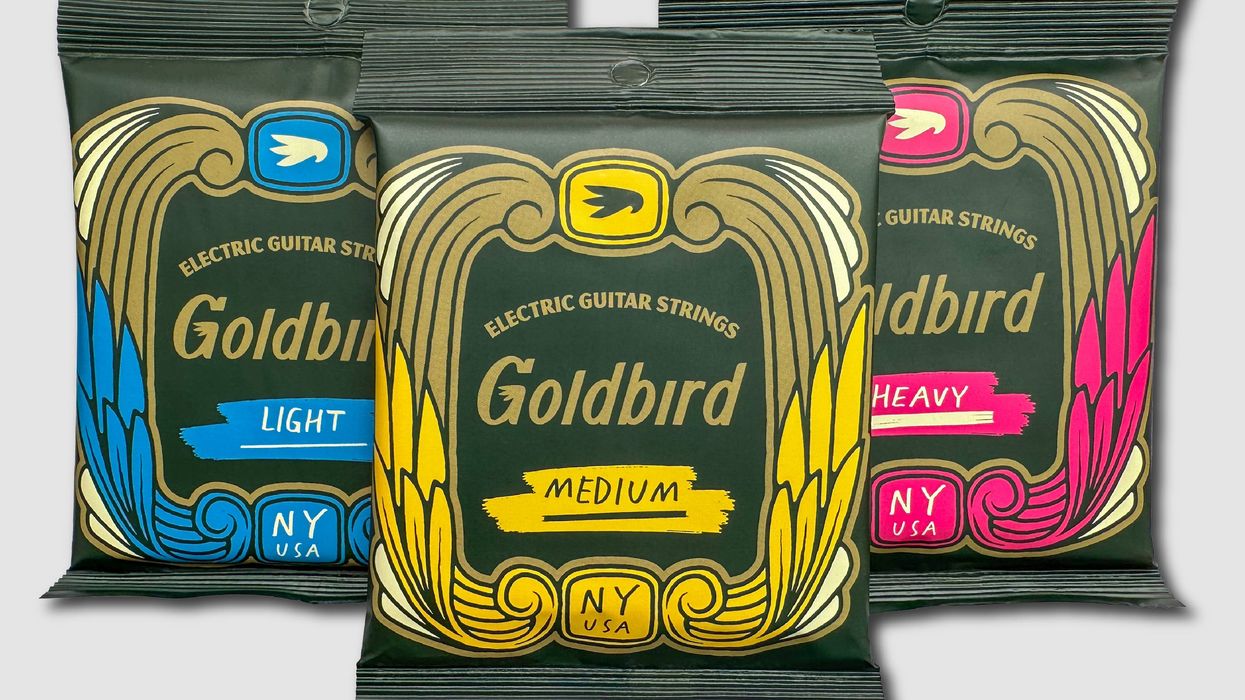
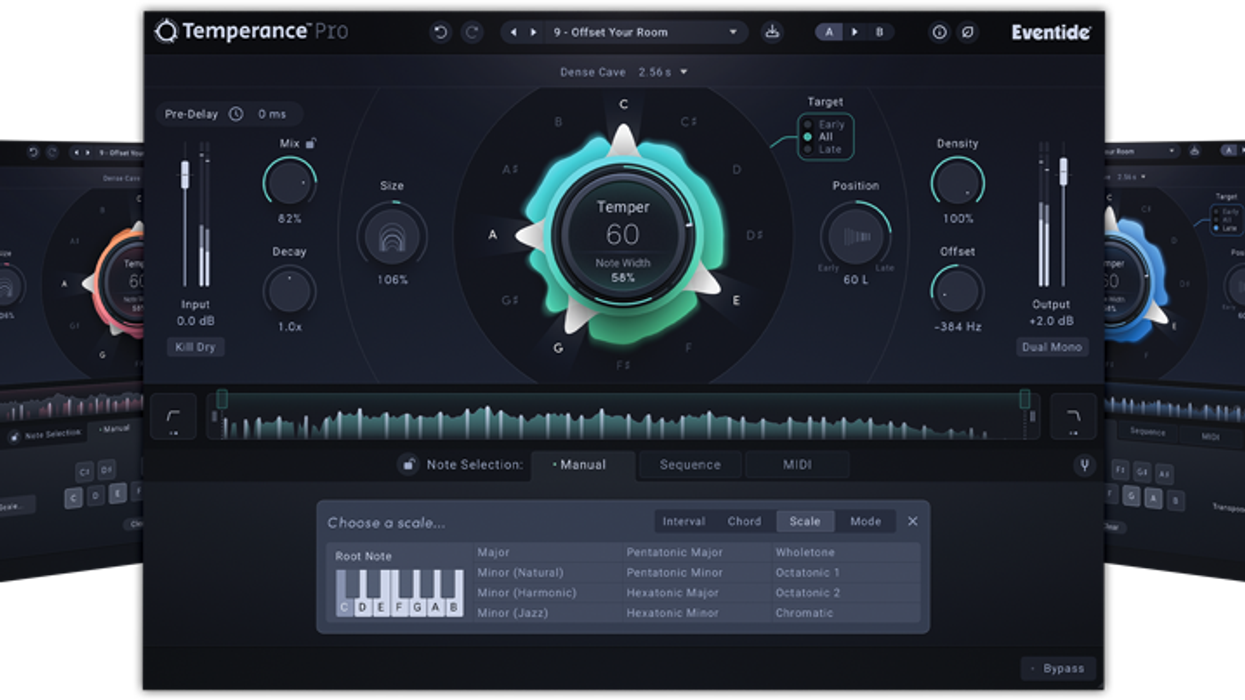
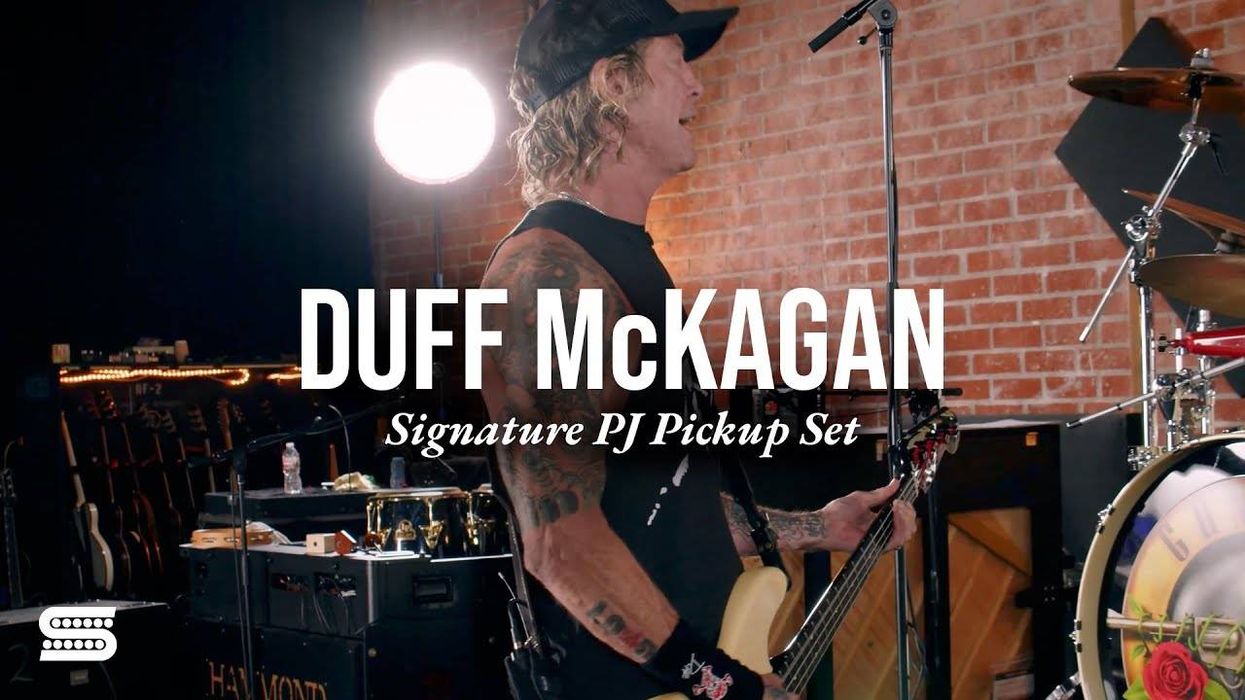


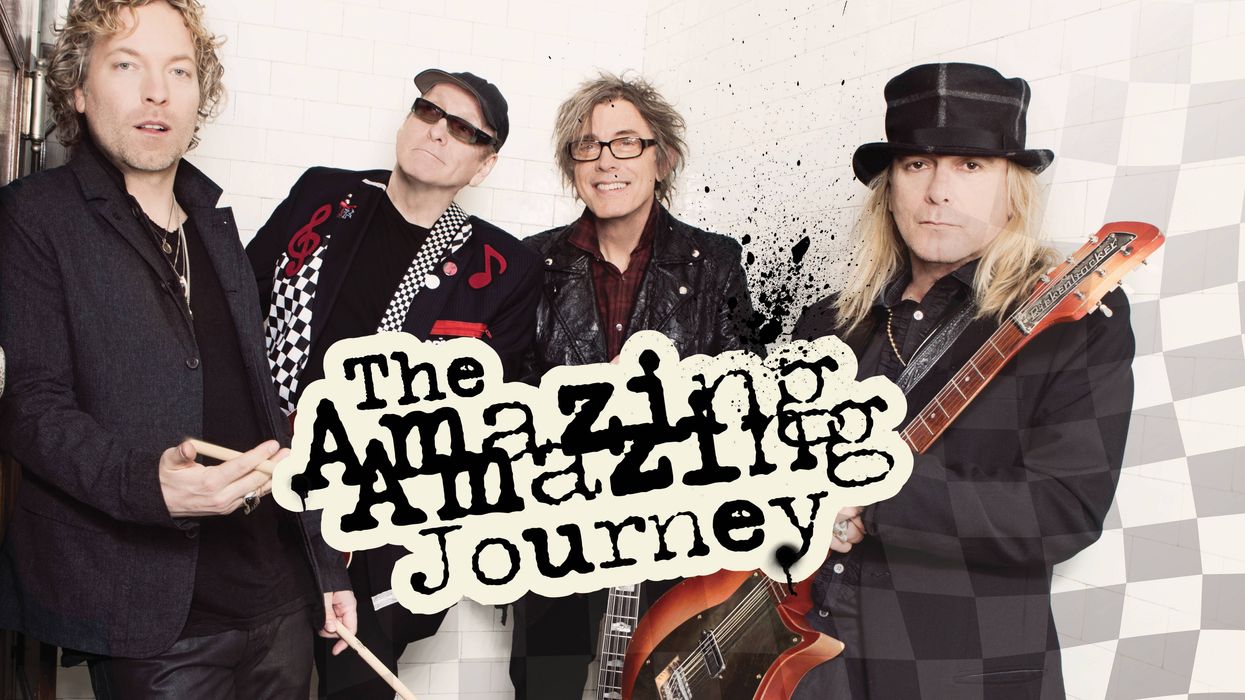

![Devon Eisenbarger [Katy Perry] Rig Rundown](https://www.premierguitar.com/media-library/youtube.jpg?id=61774583&width=1245&height=700&quality=70&coordinates=0%2C0%2C0%2C0)


